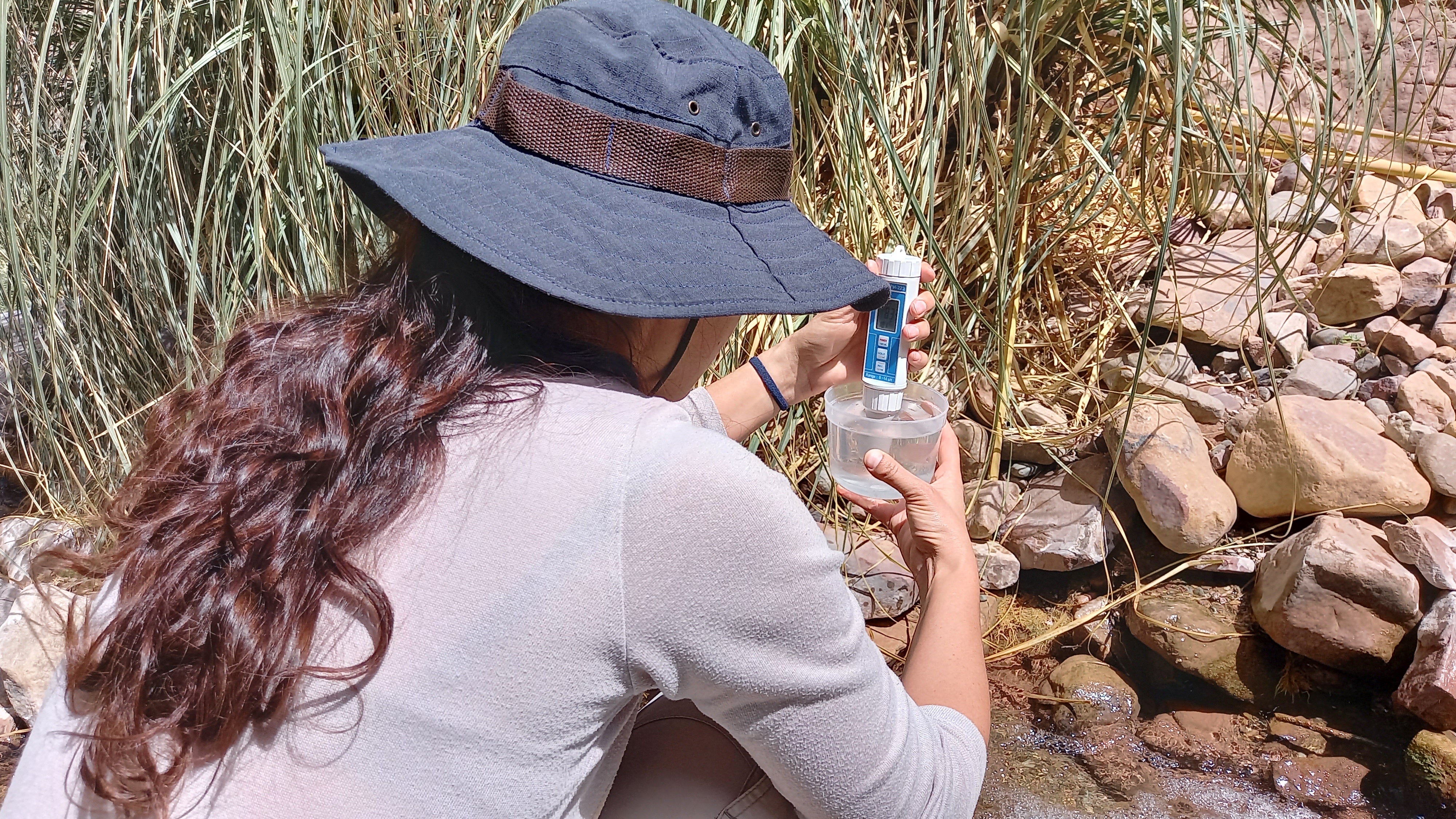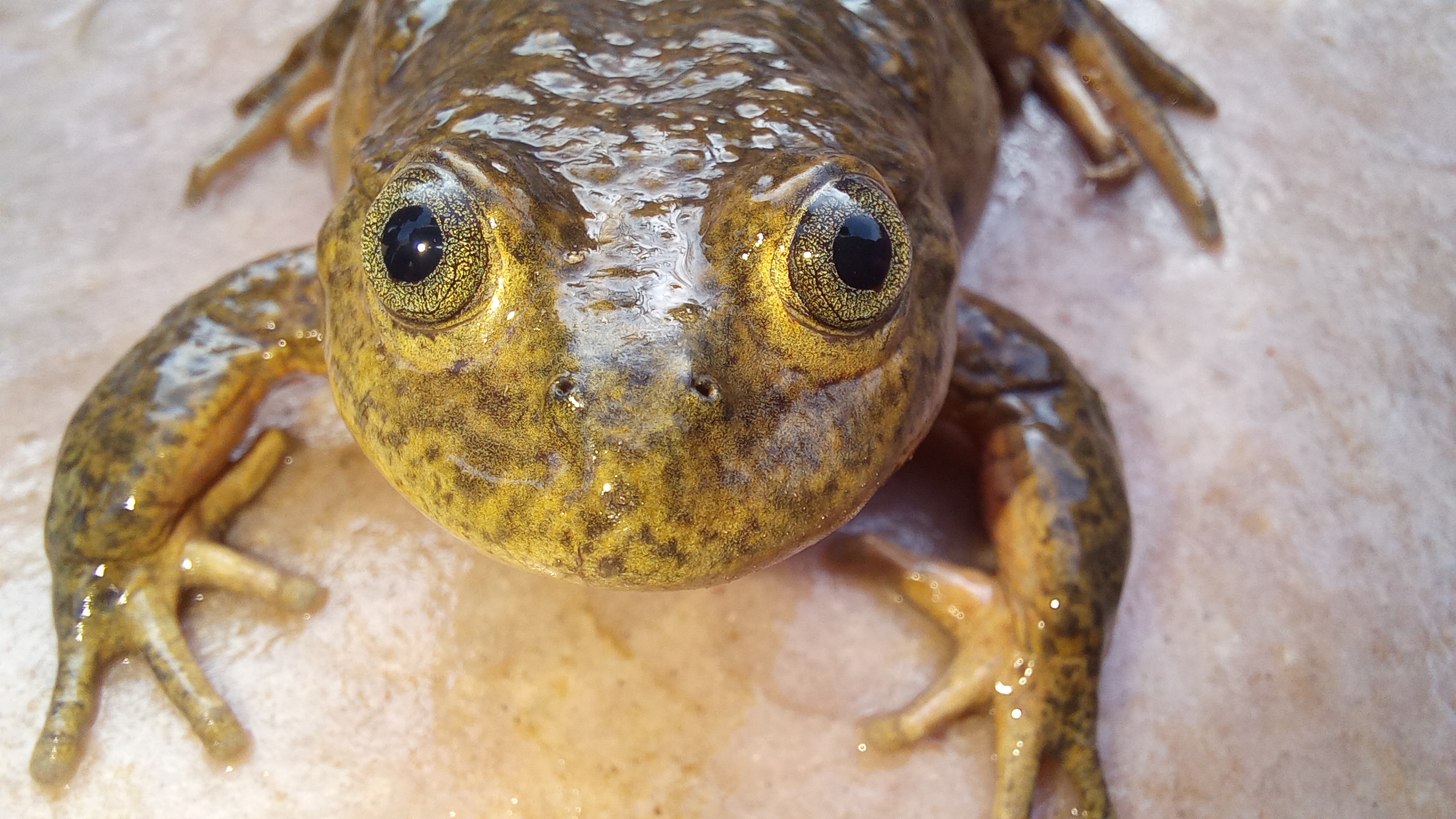In 2021, we received approximately 50 applications from the ASA Start-up Conservation Grants call. On the one hand, this high number of applications demonstrates there are amazing amphibian conservation projects being conducted worldwide. However, it also illustrates how many organisations are in urgent need of funding to conserve amphibians. Because our resources are unfortunately limited, the ASA is only able to fund a small proportion of the projects that have applied for our grants. However, because we consider all projects to be important for advancing amphibian conservation around the world, we would like to publicise them on our platforms, to help draw the attention of other funding entities, potential collaborators and/or partners.
Below you can learn more about the project Conservation of the endangered Red-headed Water Frog (Telmatobius oxycephalus) from Jujuy province, Argentina proposed by Instituto de Ecorregiones Andinas (UNJU, CONICET) (Soledad Gastón, [email protected]).
The Red-headed Water Frog (Telmatobius oxycephalus) is an endemic and endangered Andean water frog that inhabits and breeds in mountain streams in NW Argentina, from 1400 to 3000 m asl. At present, the species only occurs in a restricted geographic range in Quebrada de Humahuaca in the occidental slopes of Sierras de Tilcara (Monte de Sierras y Bolsones ecoregion) and in Sierras de Calilegua (Yungas forest ecoregion) in Jujuy Province, Argentina. The population trend is decreasing due to ongoing predation by exotic fishes (trout) and continuing decline in the quality of its habitat (IUCN, 2021).
Quebrada de Humahuaca is a high-altitude and arid valley designated World Heritage Site by UNESCO, that is being subjected to a land-use change with a replacement of ancestral crops by vineyards with the development of new canalizations of the scarce watercourses for irrigation purposes. These land-use changes are accompanied by an increase in uncontrolled tourist activities rising the pressure on the water sources of the valley. The impact of the recent opening of the tourist corridor of routes 73-83 connecting the localities of Humahuaca and Calilegua National Park on the populations of the Red-headed Water Frog in the watercourses crossed by this route is unknown.
According to the last IUCN assessment, the Red-headed Water Frog requires close population monitoring gave the potential threat of chytridiomycosis and habitat disturbance. There is also an urgent need to reconfirm the presence of the species in the Calilegua National Park. Also, urgent conservation measures need to be implemented to protect this species in the Sierras de Tilcara (IUCN, 2021). Recently, I registered mortality events of T. oxycephalus in two localities. Although the causes of these events are under study, this raises concern about the current conservation status of the species.
To measure the impact of tourist activities and water canalization, I propose annual monitoring of the physicochemical parameters of water, population density, and body condition of individuals of the species in those sites highly exposed to human intervention. The prevalence of chytrid fungus infection will be assessed through a non-invasive protocol for Bd detection. I will develop an environmental education program and raise awareness of local communities’ guides and tourists about the importance of amphibian conservation and the implementation of sustainable water management in Quebrada of Humahuaca World Heritage Site. All the information will be compiled to edit a Conservation Action Plan for the Red-headed Water Frog in Jujuy province, Argentina.
To date, the surveys have been covered with personal funds which allowed us to collect some new data for the species. I am looking for funds that helps to establish a long-term monitoring program of Red-headed Water Frog populations and initiate active conservation actions. This conservation project is part of the initiative CANOA (Conservación de Anfibios del Noroeste de Argentina) from Argentina, and all project’s related activities will be shared through CANOA’s social media pages on Facebook, Twitter, and Instagram platforms.
We are seeking for patrons and potentials donors to this initiative; we thank in advance all the help we may have.

Fieldwork (all photos by Mauricio Akmentins).

